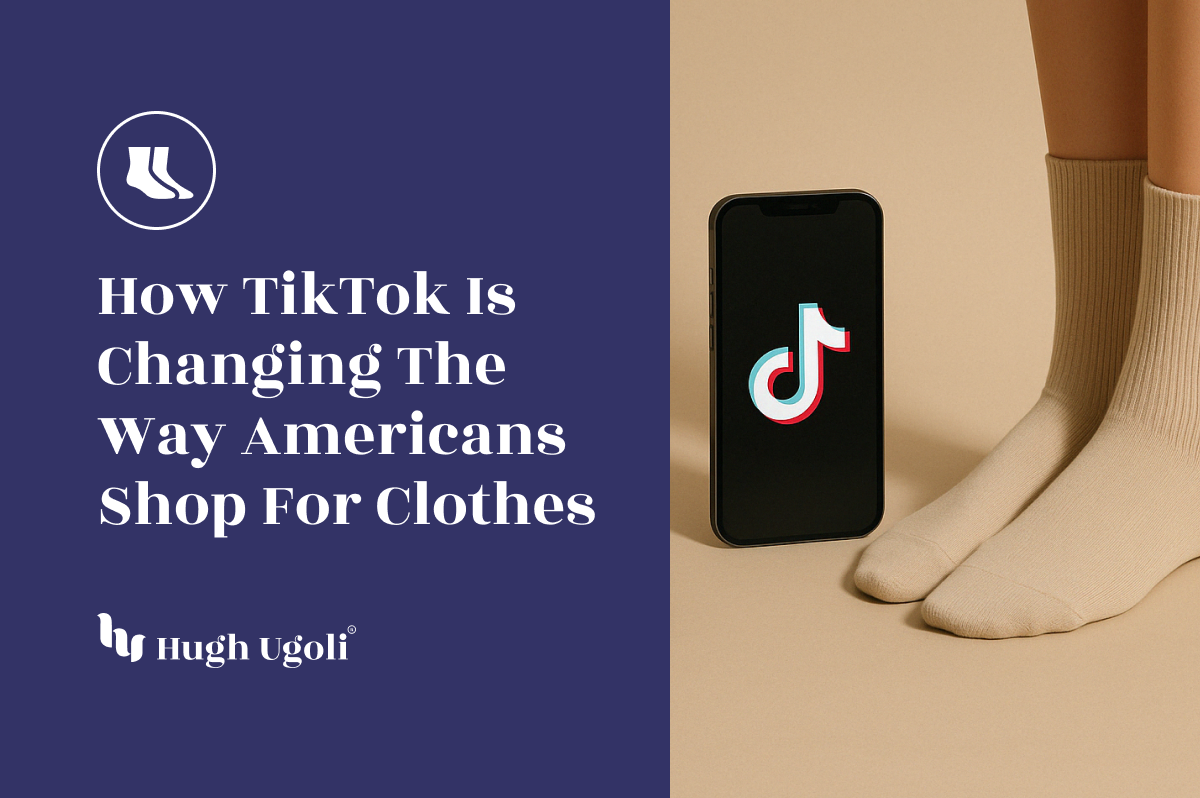Understanding the Features of Diabetic Socks
When we delve into the details, the features of diabetic socks unfold like a tailored list aimed at combating the problems people with diabetes often face with their feet. Firstly, they are designed to be non-constricting, featuring an exceptional fit that promotes circulation.
Unlike regular socks, they do not have elastic bands that can restrict blood flow, which is critical for those who suffer from circulation issues. Secondly, many diabetic socks are moisture-wicking, addressing the reality that moisture can lead to fungal infections—a concern for diabetics, for whom infections can lead to severe complications.
In addition to moisture management, diabetic socks are often seamless. The absence of seams reduces the risk of rubbing and blisters, which can become significant threats if left unnoticed due to the sensory deficits caused by neuropathy. But the innovation continues beyond there.
The materials used are typically softer and more breathable, maintaining a clean and dry environment for the feet. Manufacturers also sometimes infuse diabetic socks with antimicrobial properties to proactively combat infections, setting a new standard for foot care in the diabetic community.

The Role of Diabetic Socks in Overall Foot Health
It's a comprehensive approach to foot health—the role of diabetic socks. They bridge the gap between everyday comfort and medical aid. For a person with diabetes, a sock is not just about covering the foot; it's a barrier against harm, a facilitator of proper circulation, and a means to ensure that minor issues do not escalate into major health concerns.
By choosing a pair of diabetic socks, people with diabetes actively participate in their health routine with a focus on prevention.
Here's where we see the real-world impact of diabetic socks on foot health:
- Reduced risk of foot ulcers by minimizing pressure points and skin irritation.
- Prevention of blood circulation problems thanks to non-elasticated cuffs.
- Decreased likelihood of fungal infections due to moisture-wicking fabrics.
- I lowered the chance of blisters and hotspots by eliminating sock seams.
We're not speaking about mere comfort; we're pointing to a preventative strategy that can mean the difference between a day at the park and an unwanted trip to the doctor.
Diabetic Socks Versus Traditional Cotton Socks
Let's get trendy—not just style-wise, but with intelligent health choices. Conventional wisdom heralds cotton socks as the champions of foot comfort. However, in the world of diabetes care, the cutting-edge features of diabetic socks make them a formidable contender.
Cotton absorbs moisture but doesn't wick it away. Conversely, diabetic socks are designed with specialized fibers that pull moisture from the skin. This means that, while cotton is comfortable, it may not be the best option for people with diabetes who benefit from a dryer environment for their feet.
The classic view that 'cotton is king' is being challenged as people with diabetes seek out alternatives that cater specifically to their needs. Diabetic socks are not a gimmick. They are a scientific approach to foot care that considers the nuanced needs of a diabetic's daily life. Compare them side by side with cotton socks, and the immediate differences in functionality and purpose become abundantly clear. As we tap into the trend of prioritizing health through our choice of everyday items, diabetic socks stand out as a testament to innovation and thoughtful design.
In essence, diabetic socks are more than just fabric. They're a statement of how modern technology and textiles can meet the precision requirements of healthcare. Whether you're working out, heading to work, or just lounging at home, they are diligently working to keep your feet protected, dry, and healthy.
With an eye on the trend of merging health and everyday wear, choosing diabetic socks represents a conscious step toward embracing products that look good and do good for your body. As we surround ourselves with intelligent choices, let's not overlook what's right beneath our toes—after all, great health starts with great socks.
















